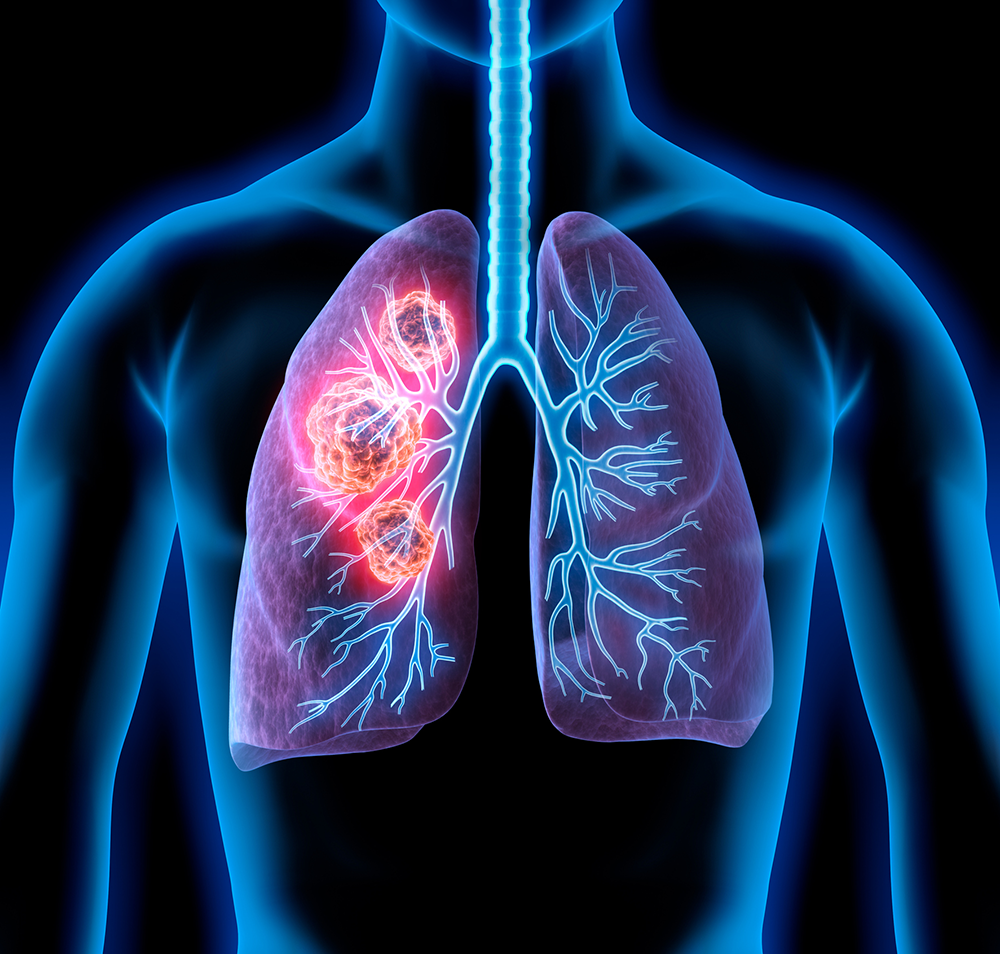Multiple myeloma is a type of cancer that affects certain cells in your blood called plasma cells. These cells are important because they help your body fight off infections. Normally, plasma cells are found in the bone marrow, which is the soft tissue inside your bones where blood cells are made. But in multiple myeloma, these cells start to grow out of control and can cause a variety of problems.
What is Multiple Myeloma?
In multiple myeloma, the plasma cells become cancerous and produce too much of a protein called M protein. This can lead to problems like weakened bones, a weaker immune system, low red blood cell counts (anemia), and kidney issues.
Symptoms of Multiple Myeloma
People with multiple myeloma might experience:
- Bone Pain: Especially in the back or ribs. This happens because the bones can become weak or damaged.
- Feeling Tired: This is often due to anemia, where there aren't enough red blood cells to carry oxygen around the body.
- Frequent Infections: Because the immune system isn’t working well.
- High Calcium Levels: This can cause thirst, peeing a lot, stomach issues, and confusion.
- Kidney Problems: Due to the buildup of abnormal proteins (M proteins).
Causes and Risk Factors of Multiple Myeloma
We don’t know exactly what causes multiple myeloma, but some things can increase your chances of getting it:
- Age: Most people with multiple myeloma are over 65.
- Gender: Men are more likely to get it than women.
- Race: African Americans have a higher risk.
- Family History: If someone in your family had it, you might be more likely to get it.
- Exposure to Chemicals or Radiation: Being around certain chemicals or radiation can increase risk.
How is Multiple Myeloma Diagnosed?
Doctors use several methods to diagnose multiple myeloma:
- Blood Tests: To find abnormal proteins and check calcium levels.
- Urine Tests: To look for M protein.
- Bone Marrow Test: To see if there are too many cancerous plasma cells.
- Imaging Tests: Like X-rays to look for bone damage.
How is Multiple Myeloma Treated?
While there's no cure for multiple myeloma, there are treatments to manage it and help patients feel better:
- Targeted Therapy: Medicines that attack specific cancer cells.
- Chemotherapy: Drugs that kill cancer cells.
- Stem Cell Transplant: Replacing sick bone marrow with healthy cells.
- Corticosteroids: Help reduce swelling and fight cancer cells.
What’s the Outlook for Multiple Myeloma?
Thanks to new treatments, people with multiple myeloma are living longer and better lives. Research is ongoing to find even better treatments and hopefully a cure.
Sources:
1. American Cancer Society: Provides information about cancer.
2. National Cancer Institute: Offers details on cancer research and treatments.
3. Mayo Clinic: A trusted source for health information.
4. Multiple Myeloma Research Foundation: Focuses on research for multiple myeloma.




